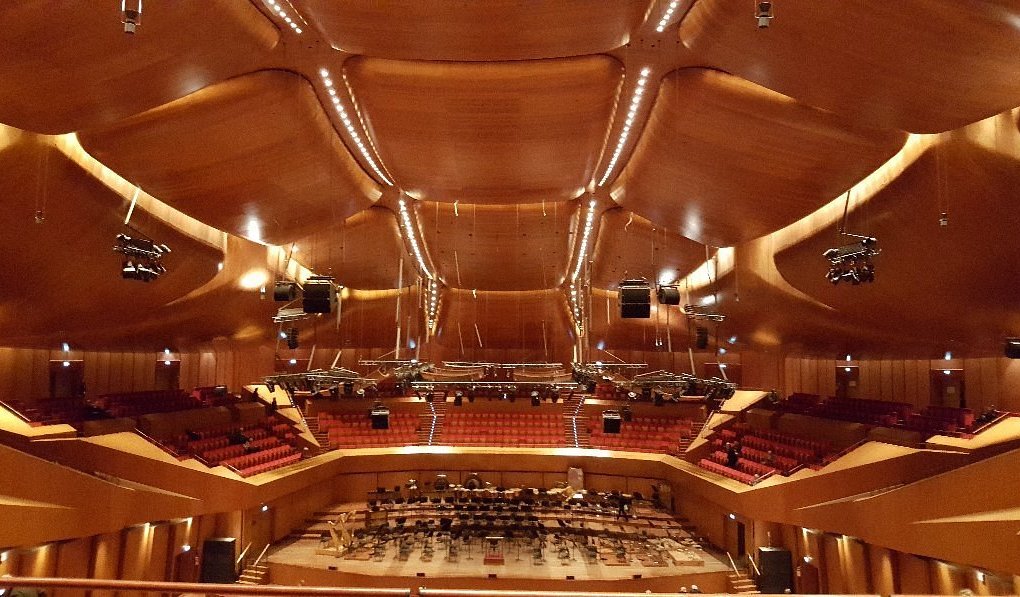
Tour: Liszt, Bartók
Lisztes, Lazić, Eva Duda Dance Company, Fischer
Program
Featuring
Other information
The event is about 3.0 hours long.
About the event
Bridging Europe with Liszt, Bartók, cimbalom, piano and pantomime. The most famous Hungarian rhapsody is not simply played in its orchestral version, but with the addition of the characteristic instrument of urban gypsy music that inspired Liszt. The cimbalom solo will be played by Jenő Lisztes, who has not only captivated audiences at Carnegie Hall, the Musikverein and the BBC Proms with the BFO, but has also worked with the legendary Hans Zimmer. Liszt’s increasingly richly orchestrated piano concerto, which has gone through four versions, will be performed with Croatian soloist Dejan Lazić, described by The Guardian as “a highly dynamic performer: his playing combines power and beauty”. After the interval, one of Bartók’s most beloved works, The Miraculous Mandarin, with a plot that explores questions of the body and soul, will be performed by the Éva Duda Dance Company.
In the mid-19th century, the demand for national music started cropping up throughout the world. After painstakingly collecting melodies he believed to be Hungarian folk music (mostly Hungarian songs from gypsy musicians) Franz Liszt composed a set of 19 Hungarian rhapsodies, his most popular series to date. Six of the works he composed for solo piano and dedicated to Count László Teleki were also arranged for orchestra. Like the rest of the rhapsodies, the C-sharp minor also follows the “csárdás” structure – the serious and dramatic “lassan” (slow) is followed by the virtuoso and energetic “friska”, a quick csárdás.
In the late 1840s Liszt retired from performing, and settled down in Weimar as a court conductor. His focus as a composer shifted to hitherto neglected symphonic genres. At the premiere of his Piano Concerto in A major in 1857, he only performed as a conductor, with the piano part played by one of his students. Though the piece sounds like one single movement, it can be divided into several sections. The sections are structured around a single, intimate and lyrical concept, bringing back the same theme with a different style and tempo in each section–finally, in the finale, as a fanfare of brasses.
“In a manor house, three outlaws force a young girl to seduce men whom they then rob”, begins Béla Bartók’s description of The Miraculous Mandarin. In Menyhért Lengyel’s nightmare tale, the outlaws cannot overcome the wealthy Chinaman who comes after two poor men and besieges the girl with his love. They strangle him, stab him with a sword, hang him, but to no avail. Finally, the girl fulfils the mandarin’s desire, and he drops dead. Bartók’s one-act opera failed at its premiere in Cologne in 1926, and the mayor banned further performances because of the openly depicted orgasm. Aside from the theme, the music is also progressive. Bartók breaks with classical tonality and uses dissonance as a means of expression. He puts the percussionists in the foreground, writes an unorthodox part for the wind instruments, and portrays the story with a wild, rhythmic, pulsating sound – at least musically. The spectacle is reinterpreted by the dancers of the Éva Duda Dance Company, known for its dynamic and daring choreography.
A joint event by the Müpa Budapest and the Budapest Festival Orchestra.
Partner:
